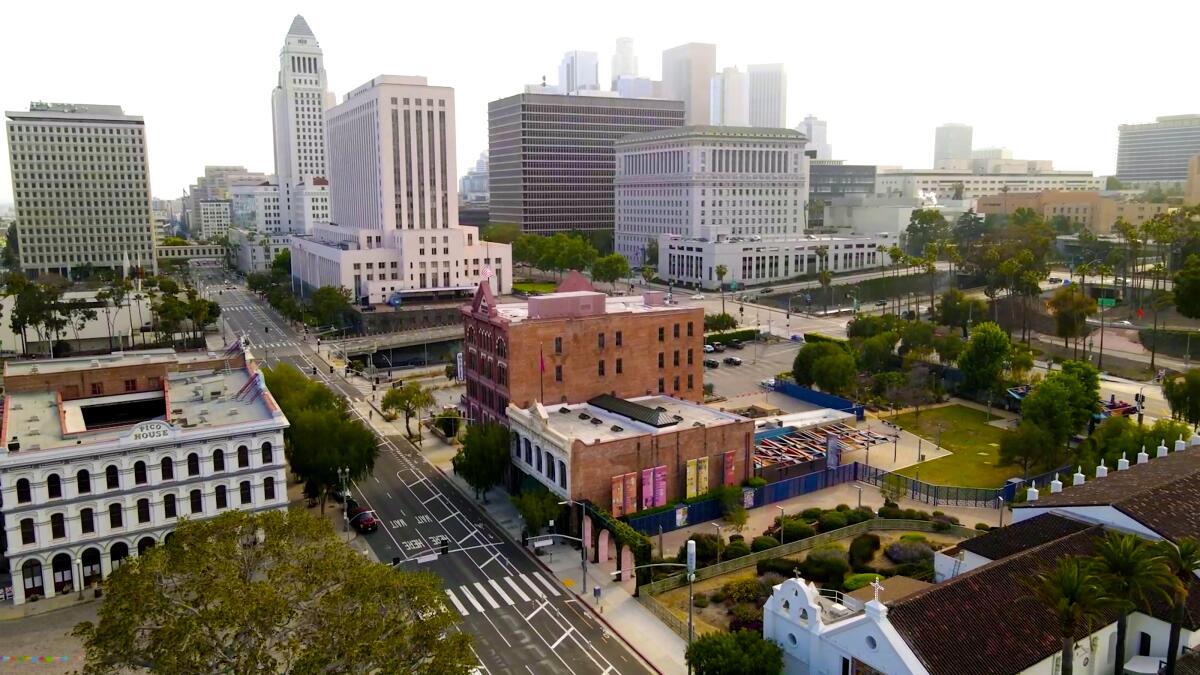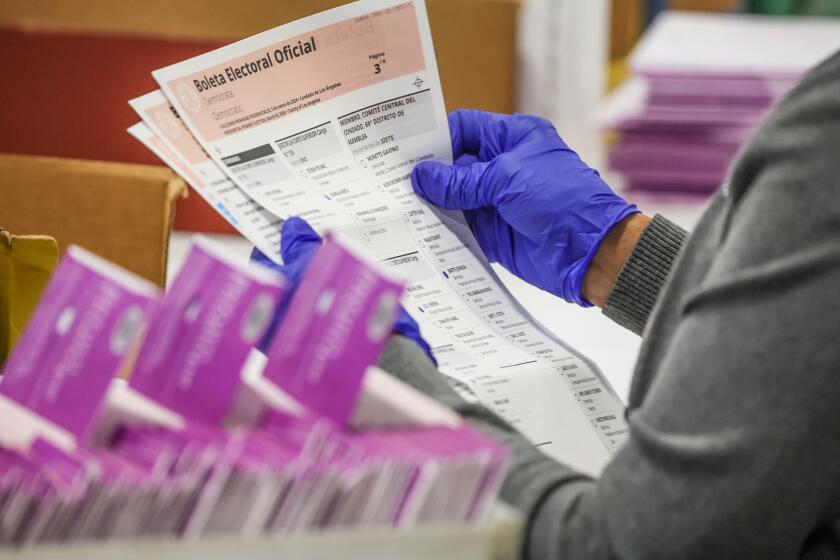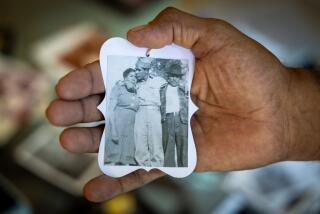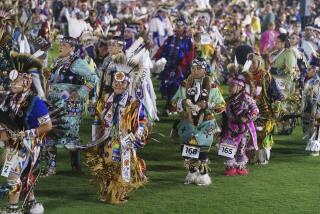Indigenous tribe sues L.A. County, archdiocese over the âdesecrationâ of more than 100 graves

The Gabrieleno Band of Mission Indians, also known as the Kizh Nation, is suing Los Angeles County, the Archdiocese of Los Angeles and the nonprofit La Plaza de Cultura y Artes, saying that their ancestorsâ remains were mishandled when they built the Mexican American museum in downtown L.A.
The Kizh Nation alleges in the lawsuit filed last week in L.A. County Superior Court that the defendants pledged to transfer the human remains dug up from the First Cemetery of Los Angeles in 2010 to wooden boxes that would be placed in individual graves in accordance with Catholic rituals.
The remains were instead put in paper bags and into a single grave in the cemetery, which is in âdirect violation of the express promises and assurances by defendants,â according to the complaint. The construction work at the plaza resulted in the âdesecrationâ of more than 100 graves, the suit states.
We have the largest population of Native American and Indigenous peoples of any U.S. city, but we lack data on their linguistic diversity.
L.A. County owns the land where the cemetery is and La Plaza de Cultura y Artes is the museum that opened in April 2011.
The plaza serves as a community hub where Latinx culture is celebrated through dance, music, exhibitions and more. The Gabrieleno Band of Mission Indians are the Indigenous people of the Los Angeles Basin.
The Archdiocese of Los Angeles said in a statement that they had told L.A. County that the âremains should be treated with the most utmost sensitivity and respect.â
L.A. County told The Times in a statement that the county âengaged in a well-documented public process to respectfully reinter the remains uncoveredâ during the construction of the plaza.
More to Read
Sign up for Essential California
The most important California stories and recommendations in your inbox every morning.
You may occasionally receive promotional content from the Los Angeles Times.












